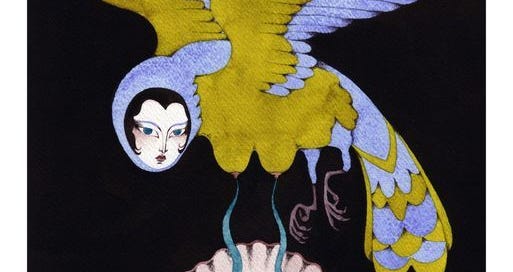Nothing is static
Reflections on the revolutionary act of integrating change and transformation in writing, love, and life.
In Sumerian culture, Queen Inanna reigned as the revered Goddess of beauty, heaven, fertility, and the embodiment of light. She basked in a life untouched by the shadows of death and darkness, Inanna lived in consistent radiance. So, when her sister, Ereshkigal, summoned her from the depth of the underworld, she naturally hesitated. Despite her doubts, she answered the call and began her descent to the underworld- not before warning her squire of what they should do if she didn’t return.
To arrive in the underworld, Inanna needs to pass 7 gates; at each gate, she is asked to remove pieces of her protective armour, or amulets. Deprived of her protection, the queen becomes more vulnerable and susceptible as she comes closer to death- a pivotal part of the story. An observation must be made: we often perceive life as linear, not cyclical. this linear thinking doesn’t find endings, then we are missing a huge point. This linear thinking fails to recognize endings, highlighting a significant oversight.
Continuing with the story: Inanna relinquished all her possessions and arrived completely bare at her sister’s abode. Upon arrival, her sister killed her, hanging her like a piece of meat for all to witness.
Back on Earth, people begin to get worried when Inanna does not return. Her squire goes to find help, singing this plea:
Keep reading with a 7-day free trial
Subscribe to Waves to keep reading this post and get 7 days of free access to the full post archives.




